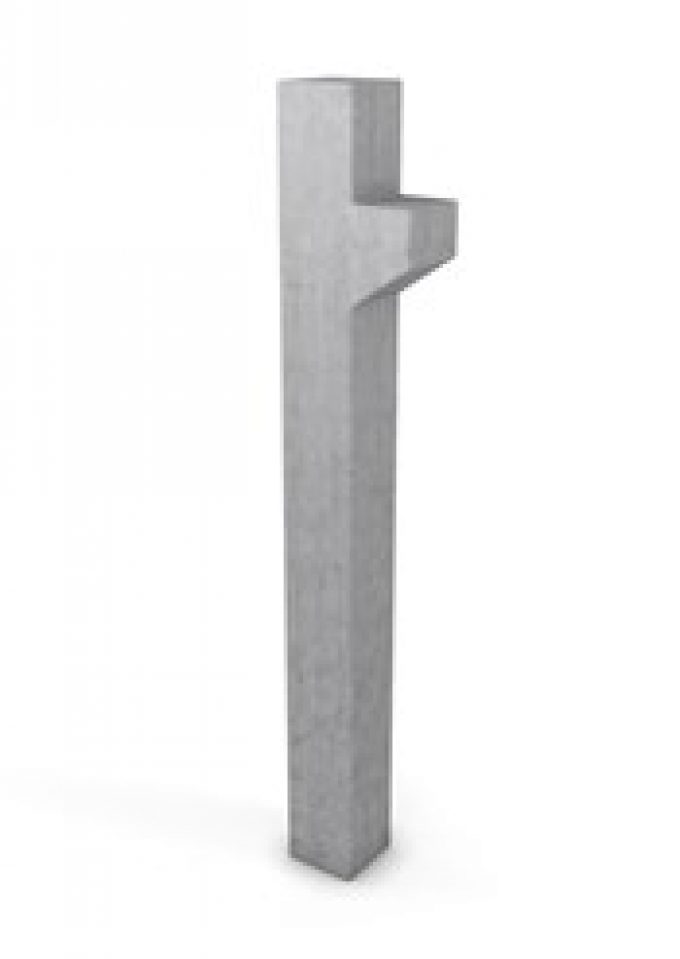Precast concrete columns and beams offer essential support in larger structures. The products are custom made and are ideal, for instance, in industrial applications. Smaller columns are often used to support balconies.
All products are manufactured indoors, which ensures a high and even quality throughout the year. Since each product is custom made new drawings are made before the production process starts. The products are optimized for each project. In this phase of the project, the customer has the opportunity to make choices that affects the entire lifecycle of the building, e.g. reference service life, product dimension etc.
Raw materials are purchased and transported to the factory. The raw material that has the biggest impact on the climate is the production of cement. During the production, in the cement factory, a process called calcination is taking place. During the calcination, CO2 is released from the limestone. The finished concrete, however, can retrieve some of this CO2 during its lifetime. Up to 1/5 of the CO2, which is released during the cement production, can be retrieved by the concrete. This is an important fact to consider when making a life cycle analyses for an entire building.
It has not been considered in this EPD since it does not include the end of life perspective.
In the factory, a mold is prepared. It can be made of different types of materials such as steel or wood. This includes making the holes and openings that are needed for e.g. installations and windows. The reinforcement steel is prepared according to drawing. This means choosing the right quality and dimensions, bending, cutting to correct lengths and binding it together. If the customer wish to include other installations in the product such as conduits or plumbing it is also prepared at this stage of the production.
The concrete is made from aggregate, water, cement and additives. It is all mixed in a large cement mixer. There are different recipes used for different products in order to meet the different needs.
After the concrete is poured in to the mold, there is usually a need to vibrate in order to make sure that the concrete fills out the mold and surrounds the reinforcement steel appropriately. Finally, the surface of the product is worked to ensure the correct quality.
The product is then covered and left over night to harden. When the mold is removed, the product is inspected to make sure it meets the standards. If the customer wish the products could, at this stage, be completed with windows and paint before being delivered to the building site.
Digital EPD


